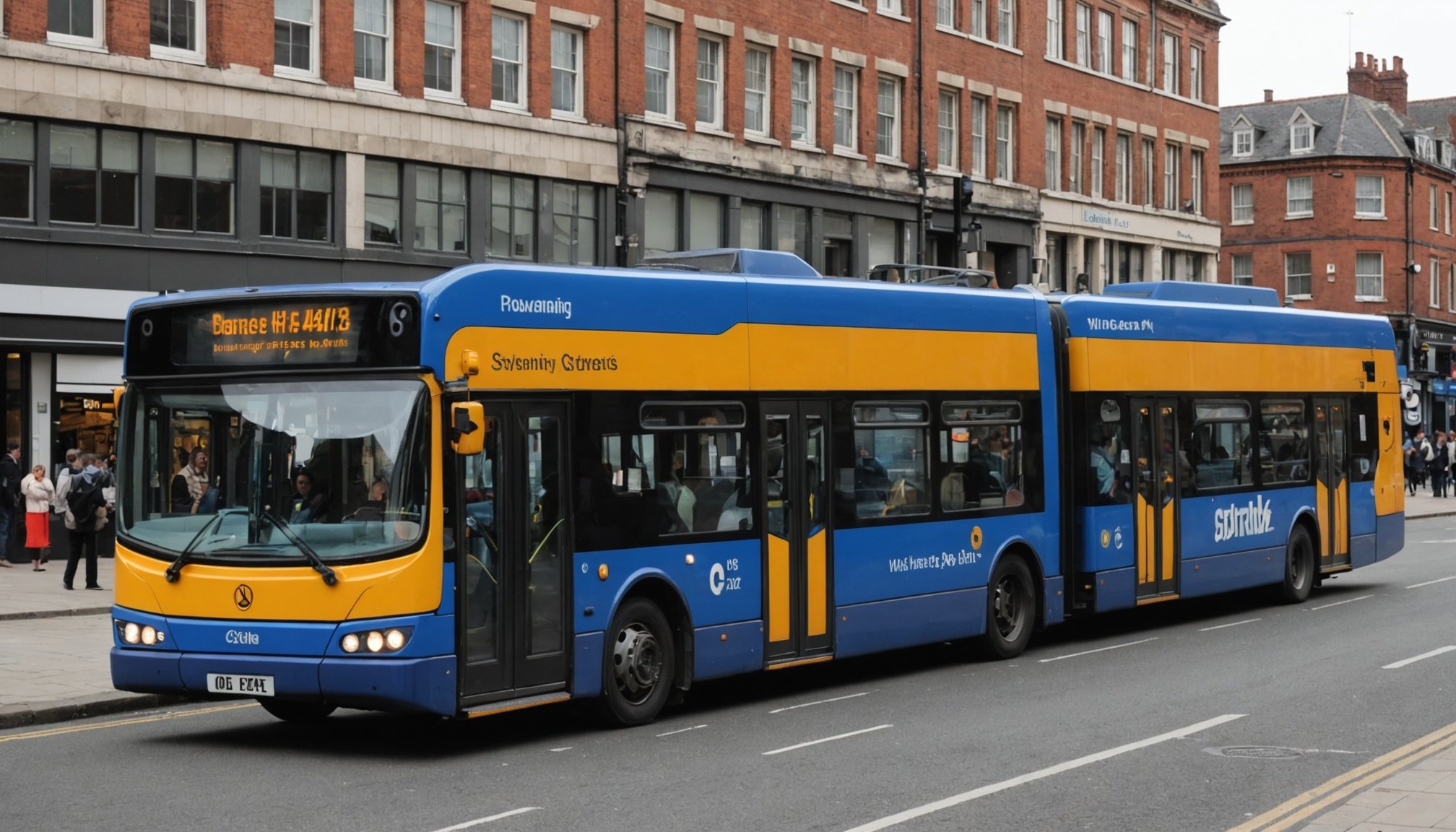Public transportation is a vital part of urban life in the UK, connecting individuals to essential services and opportunities. However, the current state of these systems often leaves much to be desired, particularly regarding their impact on community health. This article delves into ways public transportation can be improved to not only facilitate transit but also enhance the overall health and well-being of communities. We will explore the interconnections between transport, access, physical activity, and mental health while considering the implications of policy changes and sustainable practices. Furthermore, we will discuss how reducing emissions and encouraging low carbon travel can lead to healthier urban environments. By addressing these areas, we can improve the quality of transport systems in the UK, making them more effective and beneficial to the communities they serve.
The Importance of Access to Public Transportation
Access to reliable public transportation is crucial for ensuring that all members of a community can engage in daily activities. When people can readily utilize public transit, they can access jobs, education, healthcare, and social services. In the UK, disparities in access to transportation can lead to significant social inequities. For instance, individuals living in rural areas or low-income neighborhoods often face barriers to using public transit, leading to increased dependency on cars. This not only raises their personal costs but also contributes to greater emissions.
Also to read : What role does nutrition play in managing mental health conditions in the UK?
Improving access to public transportation could lead to enhanced mobility for these underserved populations. For you, the community, this means more individuals can participate in various activities, from attending medical appointments to accessing recreational areas. Such changes can promote physical activity, contributing positively to overall community health. A study conducted by the Department of Transport shows that individuals who use public transport tend to walk more than those who rely solely on cars.
Furthermore, increasing transportation options can help reduce isolation, particularly among the elderly and those with disabilities. Improved access can encourage these groups to venture out, engage with others, and participate in community life. Consequently, enhancing public transportation access can foster inclusivity and support the mental well-being of community members. As you consider these factors, it’s clear that improving access should be a priority in any public transportation reform agenda.
Have you seen this : How does the UK’s healthcare system address the growing issue of mental health among teenagers?
Promoting Physical Activity through Public Transit
Public transportation doesn’t merely serve as a means to get from point A to point B; it can also serve as a catalyst for increased physical activity. Many urban transit users walk to their bus stops or train stations, integrating physical activity into their daily routines. By enhancing the design and operation of public transit systems, cities can encourage even more walking and cycling, leading to healthier lifestyles.
To maximize the benefits of activity, transit systems can implement features that promote safe and convenient access. This includes ensuring well-maintained sidewalks, pedestrian crossings, and dedicated bike lanes. By making these investments, you create an environment where individuals feel safe walking or cycling to transit hubs. Research indicates that when people perceive their environments as safe and walkable, they are more likely to engage in regular physical exercise.
Moreover, public transportation systems can also incorporate bike-sharing programs or incentives for walking, further encouraging active transport. This approach not only supports community health but also aligns with broader urban planning goals aimed at reducing reliance on cars and decreasing emissions.
In summary, promoting physical activity should be at the forefront of public transport policy reforms. By focusing on the design and accessibility of transit systems, you create opportunities for increased activity levels among citizens, which ultimately enhances community health.
The Mental Health Benefits of Accessible Public Transit
Access to public transportation also holds significant implications for mental health. The ability to travel freely and easily can alleviate feelings of isolation and anxiety, particularly for those who may feel trapped in their homes due to lack of mobility. For you, the community, this means fostering a more connected population with improved overall well-being.
When individuals have reliable access to public transport, they can participate more fully in community life, leading to increased social interactions and support networks. This is especially relevant for vulnerable groups, such as the elderly and individuals with disabilities, who may otherwise experience social withdrawal. Public transportation can serve as a vital link to social services, recreational activities, and family gatherings, significantly enhancing quality of life and mental health.
Additionally, public transport can reduce the stress associated with driving in urban environments. Many individuals experience anxiety related to traffic, parking, and navigation. By shifting to public transit, you can alleviate some of these stressors, promoting a more relaxed mode of travel. Studies indicate that regular users of public transit report lower levels of stress, which can contribute positively to their mental well-being.
In conclusion, the mental health benefits of accessible public transportation cannot be overlooked. By enhancing public transit systems, communities can create environments that promote social interaction, reduce stress, and ultimately contribute to improved mental health outcomes.
Sustainable Practices in Public Transportation
In the context of rising concerns about climate change and urban sustainability, it’s crucial for public transportation systems to adopt more sustainable practices. Reducing emissions associated with public transport is not only beneficial for the environment but can also lead to healthier urban living conditions.
Transitioning to electric and hybrid buses, for example, can significantly lower the carbon footprint of public transport systems. You should advocate for policies that support the acquisition of green vehicles and the development of necessary infrastructure, such as charging stations. By investing in these sustainable practices, cities can reduce air pollution and its associated health risks, leading to improved respiratory health for all community members.
Moreover, integrating smart technology into public transportation systems can enhance efficiency and reduce waiting times. Real-time tracking apps and automated scheduling can improve the user experience, making public transport a more attractive option for commuters. When people perceive public transit as convenient and efficient, they are more likely to use it, further decreasing the number of cars on the road and contributing to lower emissions.
Implementing such innovations not only supports environmental goals but also aligns with public health objectives. Healthier air quality leads to fewer respiratory issues and ultimately enhances community health outcomes. Therefore, you should both support and promote sustainable practices within public transportation systems as a means to foster healthier urban environments.
Enhancing public transportation systems in the UK presents a unique opportunity to improve community health. By focusing on access, promoting physical activity, recognizing mental health benefits, and embracing sustainable practices, we can create transit systems that not only transport people but also support their overall well-being. As individuals and community members, you can advocate for these improvements, ensuring that public transit becomes a cornerstone of healthier urban living. The path forward involves collaboration between policymakers, transit agencies, and the public to create a system that meets the needs of all community members, fostering a healthier, more connected environment for everyone.











